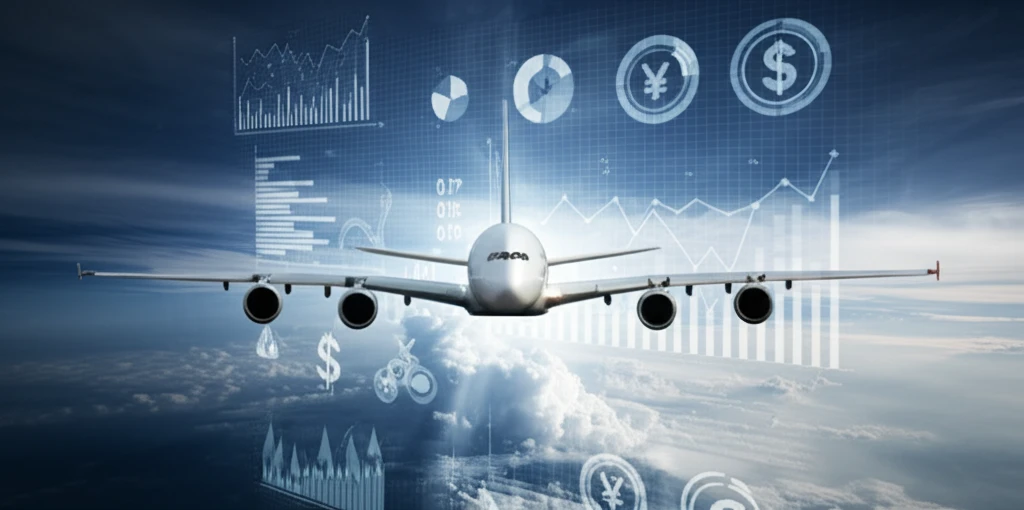
Turbulence Ahead: Navigating the Shifting Skies of Air Transportation Economics
"A deep dive into airline regulation, market dynamics, and public policy, shaping the future of flight."
Air travel is more than just a convenience; it's a vital engine of economic growth, connecting people and facilitating the flow of goods. From bustling business hubs to tranquil vacation destinations, the aviation industry underpins a vast network of global interactions.
But behind the seamless experience of modern air travel lies a complex web of economic factors, government policies, and competitive forces. Understanding these dynamics is crucial for policymakers, industry professionals, and even everyday travelers who want to make informed decisions.
This article will explore the key aspects of air transportation economics, drawing insights from industry analysis and research. We'll delve into the historical evolution of airline regulation, examine the forces shaping market concentration, and explore strategies for achieving efficiency and maximizing consumer welfare.
From Regulation to Deregulation: A Century of Change

The story of air transport economics is one of constant evolution, shaped by shifting government policies and technological advancements. In the early days of aviation, governments played a dominant role, heavily regulating routes, fares, and even the entry of new airlines into the market.
- Increased competition and lower fares: Deregulation unleashed a wave of competition as new airlines entered the market and existing players battled for market share, leading to lower fares for consumers.
- Route network expansion: Airlines gained the flexibility to create new routes and adapt their networks to meet changing demand, connecting more cities and regions.
- Innovation and efficiency: Deregulation incentivized airlines to innovate and improve efficiency, leading to the development of new business models and technologies.
The Future of Flight: Balancing Competition and Consumer Benefit
As the air transport industry continues to evolve, the challenge for policymakers will be to strike a balance between promoting competition, ensuring safety, and protecting consumer interests. This requires a nuanced approach that considers the unique characteristics of the industry and the evolving needs of travelers and businesses alike. By fostering a stable and predictable regulatory environment, governments can pave the way for a thriving and sustainable aviation industry that benefits everyone.
